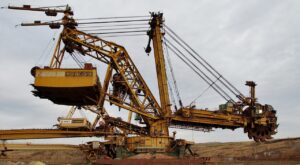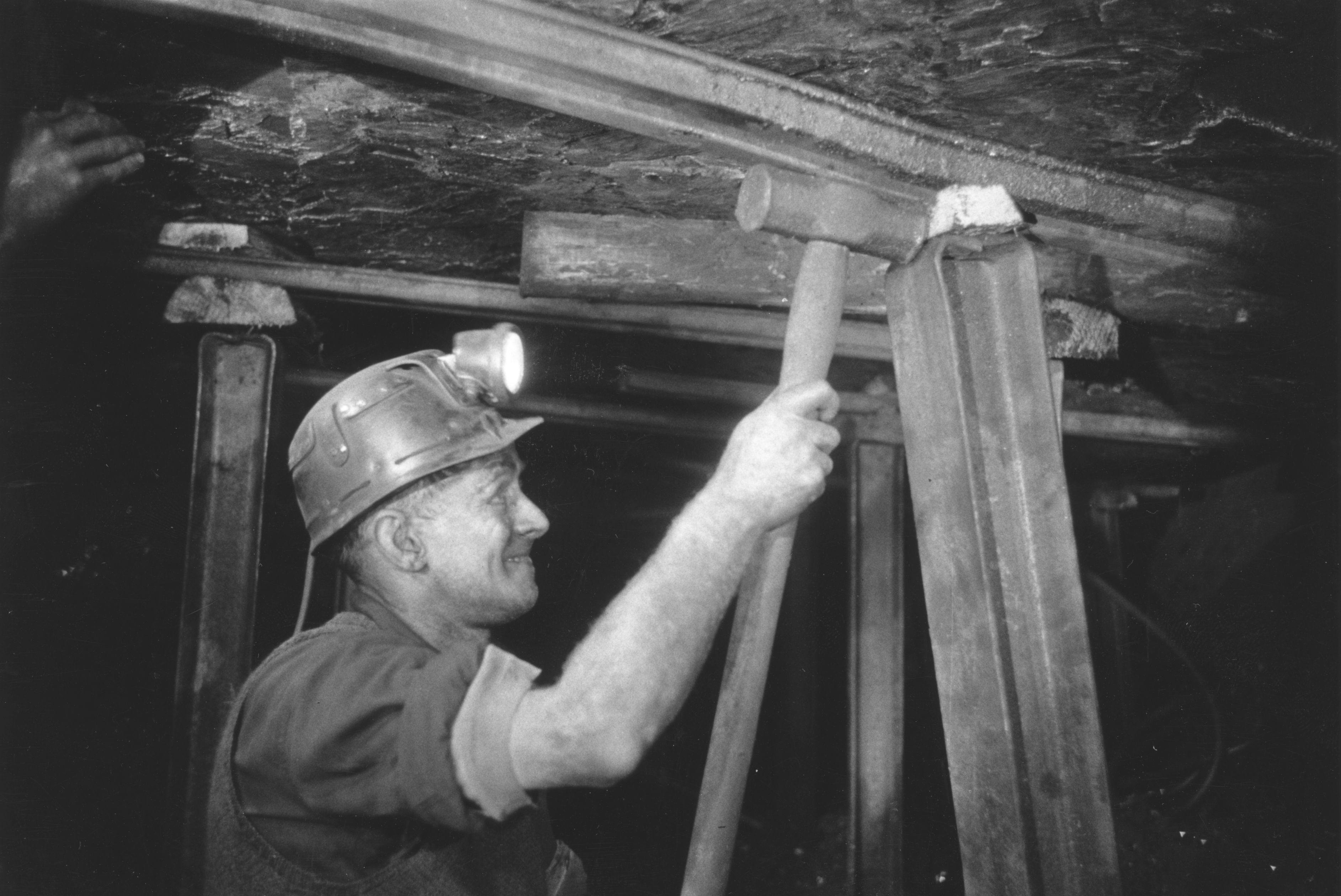Process of Strip Mining is a widely used mining technique that provides access to valuable resources while balancing operational efficiency and environmental stewardship. This guide explores its processes, impacts, and benefits to help you better understand this essential industry practice.
What is Strip Mining, and How Does it Differ from Other Mining Methods?
Strip mining is a surface mining method that involves removing layers of soil and rock—called overburden—to access underlying mineral deposits. Unlike underground mining, which uses tunnels to reach resources, strip mining operates directly on the surface, allowing for quicker resource extraction.
Key differences include:
- Accessibility: Strip mining provides easier access to near-surface deposits.
- Efficiency: Operations are faster and less labor-intensive compared to underground methods.
- Environmental Impact: While less dangerous to workers, strip mining significantly alters landscapes.
What Types of Minerals or Resources Are Typically Extracted Through Strip Mining?
Strip mining is ideal for extracting resources located close to the Earth’s surface, such as:
- Coal: Often mined using strip methods to fuel energy production.
- Phosphate Rock: Used in fertilizers for agriculture.
- Bauxite: The primary source of aluminum.
- Oil Sands: Extracted for bitumen used in petroleum products.
These materials play vital roles in various industries, emphasizing the importance of efficient mining practices.
What Are the Key Steps Involved in the Strip Mining Process?
Strip mining consists of several critical stages:
Site Preparation
- Surveying: Geologists and surveyors identify resource-rich areas.
- Clearing: Vegetation and topsoil are removed to expose the site.
Overburden Removal
- Excavation: Heavy machinery like draglines and shovels remove the overburden.
- Transport: Trucks or conveyors transport the material to designated storage or disposal sites.
Mineral Extraction
- Mining Techniques: Techniques such as drilling or blasting extract the target resource.
- Processing: Extracted materials are processed onsite or transported to refineries.
Reclamation
- Restoration: Soil is replaced, and vegetation is replanted to restore the land.
- Monitoring: Long-term monitoring ensures environmental compliance.
Each step is meticulously planned to balance productivity and environmental responsibility.
How Does the Removal of Overburden Work in Strip Mining?
Overburden removal is a defining feature of strip mining, involving:
- Layer-by-Layer Excavation: Using specialized equipment to remove soil and rock.
- Material Transport: Moving overburden efficiently to minimize operational delays.
- Storage or Reuse: Storing overburden for later use in reclamation projects.
The goal is to ensure minimal disruption while accessing underlying resources.
What Are the Environmental Impacts of Strip Mining?
Despite its efficiency, strip mining has notable environmental consequences:
- Deforestation: Clearing land disrupts local ecosystems.
- Soil Erosion: Removal of topsoil increases vulnerability to erosion.
- Water Pollution: Mining runoff can contaminate nearby water sources.
- Air Quality: Dust and emissions affect air quality for surrounding communities.
Effective reclamation efforts and regulatory compliance are critical in mitigating these impacts.
How Do Regulations and Policies Influence Strip Mining Practices?
Governments enforce strict policies to ensure responsible mining, including:
- Permits and Licenses: Required before operations begin.
- Environmental Standards: Laws like the Clean Water Act regulate pollution levels.
- Reclamation Mandates: Operators must restore mined areas to their natural state.
Compliance not only protects the environment but also fosters public trust.
What Are Some of the Economic Benefits and Drawbacks of Strip Mining for Local Communities?
Benefits:
- Job Creation: Mining operations provide employment opportunities.
- Infrastructure Development: Investments in roads and utilities benefit the region.
- Revenue Generation: Taxes and royalties support local governments.
Drawbacks:
- Displacement: Communities near mining sites may need to relocate.
- Health Risks: Dust and noise pollution affect local residents.
- Economic Dependence: Communities reliant on mining face challenges if resources deplete.
Balancing these factors is key to ensuring sustainable community growth.
How Do Reclamation Efforts Work After Strip Mining Has Been Completed?
Reclamation restores mined land to its original state or repurposes it for new uses:
- Soil Replacement: Overburden is returned, and topsoil is spread to foster plant growth.
- Revegetation: Native plants are introduced to stabilize the soil and rebuild ecosystems.
- Water Management: Ponds or wetlands may be created to support biodiversity.
Ongoing monitoring ensures the land remains safe and functional for future generations.

What Technology Is Used to Enhance Efficiency in Strip Mining Operations?
Modern technology has revolutionized strip mining, making it more efficient:
- GPS and Drones: Improve site surveys and monitor progress in real time.
- Automated Equipment: Reduces labor needs while maintaining precision.
- Data Analytics: Optimizes resource allocation and operational decisions.
- Eco-Friendly Innovations: Minimize environmental impact through advanced techniques.
Technology continues to drive progress, balancing productivity with sustainability.
Evaluating the Impact and Future of Strip Mining
Strip mining is a vital practice that supplies essential resources for modern industries. While it offers significant economic and operational benefits, it also presents environmental and social challenges. Through technological innovation, stringent regulations, and committed reclamation efforts, the industry can continue to evolve toward a more sustainable future. By understanding the process of strip mining, we can better appreciate its role in shaping both our economy and environment.

